$SPX $BTC $USDJPY
#marketvolatility #stocktrading #crypto #investingtips #financialadvice #macroeconomics #riskmanagement #hedgefunds #currencytrading #marketanalysis #volatility #trumptrades
Markets often go through phases of extreme volatility, where price swings can seem erratic and difficult to predict. Such times can tempt even seasoned investors to chase after what seem like guaranteed opportunities tied to ongoing political developments. For instance, during the Trump administration, various “Trump trades” (investments linked to his policies and communications) became popular, especially around sectors like energy, defense, and financials, as well as currencies like the U.S. dollar ($USDJPY). However, these kinds of investments can be risky since they rely heavily on short-term policy moves or geopolitical events, which are challenging to predict with precision. When markets get noisy, it’s essential to resist the temptation to constantly buy or sell, reacting to every policy change or headline. Instead, investors should focus on building a diversified portfolio that can weather different political or economic climates.
The temptation to chase such trades often stems from FOMO (Fear of Missing Out) and the perception that politicians’ promises can create sure-fire profit opportunities. For instance, when Trump initially took office, investors rushed into energy and defense stocks. Companies that benefitted from his tax cuts or deregulation promises saw rallying prices during early stages of political announcements. The $SPX rose sharply during the Trump presidency, fueled by broad economic optimism around organizational tax cuts and promises to rejuvenate U.S. manufacturing and trade. Similarly, those who invested in the U.S. dollar benefited from the ramped-up fiscal policy changes and expectations of infrastructure investment. However, not every Trump trade proved fruitful, as many investors overlooked the inherent risks tied to quick policy reversals or political backlash, which dampened some of that initial market exuberance.
Adding to this was the rise of cryptocurrencies like $BTC, where Trump’s anti-crypto stance seemed contradictory to the broader message of deregulation, confusing investors. Bitcoin, with its decentralized model, saw increasing interest from those wanting protection against fiat manipulation. Ironically, the very cryptos Trump criticized initially drew more attention precisely because of broader market concerns about state intervention. There’s an inherent risk when chasing trends in crypto as well: volatility levels remain high, and policy decisions can heavily influence prices, both in the U.S. and globally. This means investors tried balancing perceived opportunities in deregulated sectors with the uncertainty that cryptocurrencies or other novel assets bring into the investing mix.
In summary, while it can be tempting to chase the perceived short-term gains from aligning with political policies or the latest high-stakes market trend, doing so can be risky, particularly during periods of high market noise. Market volatility is inevitable, and rather than over-trading based on ephemeral factors, long-term investors benefit from maintaining strategic diversification and proper risk management. Understanding macroeconomic fundamentals and anticipating how political developments are priced into the markets can help mitigate losses. Whether dealing with stocks, currencies, or crypto, having clear long-term financial goals, avoiding noise, and choosing asset classes that fit those objectives are the most effective ways to navigate uncertain times.


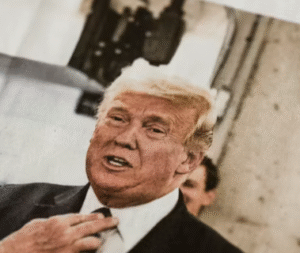
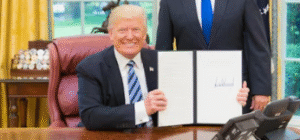
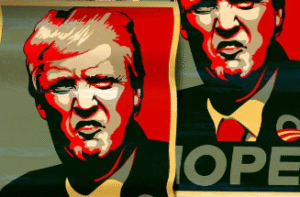
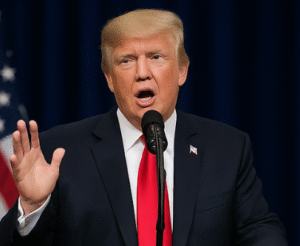
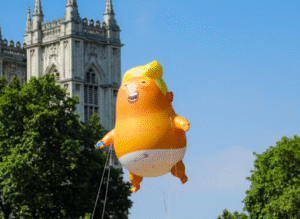
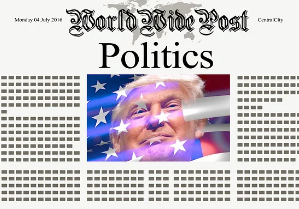
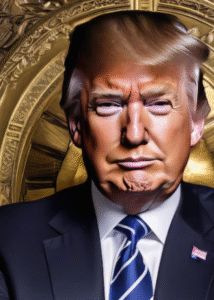
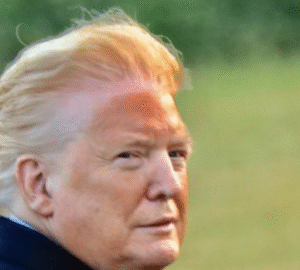
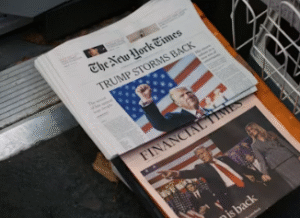
Comments are closed.